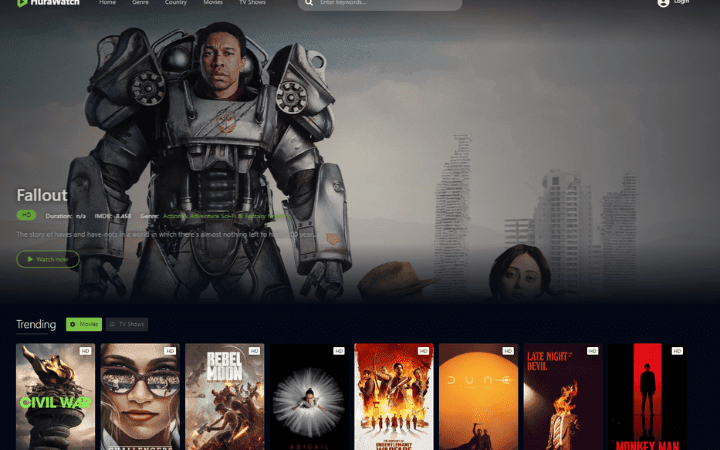Security Analysis Of Third-Party Libraries

Security Analysis: To optimize processes and promote corporate development, professionals are increasingly migrating to online platforms. According to VDC Research, 45% of embedded projects involve developing outsourced products.
Additionally, according to the consultancy, the use of third-party open source, commercial software, legacy source code, and binary code increases yearly. To the same extent that it is an optimistic scenario for delivering quality solutions with rapid deployment, there must be a security analysis in third-party libraries before their use.
The reason is that cybercriminals are shifting their focus from servers and operating systems to applications because if there is no vulnerability patching by developers, this becomes an easy path to access critical and confidential corporate data. This includes third-party software that companies often use.
Risks That Third-Party Software Can Bring To An Organization
In addition to observing the quality of online platforms and the resources, they can bring to the operation, performing security analysis on third-party libraries minimizes the chances of intrusion into applications while taking advantage of the best technology. With that in mind, we list some of the main risks of using third-party materials:
– Exposure to Cross-Site Scripting (XSS), which occurs as a result of failure to validate user input data and the web server’s response, opening a gap for the injection of malicious code;
– Being subject to vectors of Cross-Site Request Forgery (CSRF) attacks, also called XSRF, Sea Surf, or Session Riding, which allow the cybercriminal to perform numerous actions, such as transferring funds, changing passwords, making purchases until the complete application commitment;
– Predisposition to clickjacking tricks which means “click swipe.” This threat is carried out by hijacking frames, banners, and buttons on web pages. Users think they are accessing harmless pages that trap by clicking on these infected sites. As a consequence, there can be, for example, malware infection, use of cameras and microphones, phishing and attacks on mobile devices;
– Injection flaws, where an attacker can use input fields such as forms to inject malicious code into the application and other common attacks.
These points are not that different from using proprietary code. Still, additional risks include loss of confidential and personal data, unauthorized access to systems and other applications, and system infrastructure downtime.
Best Practices To Mitigate Risks
To minimize the risks of introducing vulnerabilities into web applications through security analysis in third-party libraries, you must set up a structured process in your Company’s development flow. This process consists of a few steps.
See the main ones:
Asset Inventory
The first step is to take an inventory of what platforms and open source code your web applications use. Think, for example, of the international packages folder for NET Core solutions or the equivalent for other programming languages and development environments, which often contain many packages.
It is possible that you have installed some of them, but they probably depend on other packages. So, the application has a significant amount of code that was not written in the project. And the more uncontrolled code there is, the more likely it is to introduce vulnerabilities into the application.
In addition, it is essential to consider even the scripts or stylesheets included in the applications, regardless of whether you add a packaged copy of them or a link to a Content Delivery Network (CDN). Think of jQuery and Bootstrap assets or the Google Analytics tag, for example.
Knowing which dependencies the development project uses is critical to knowing the associated risks and mitigating them. This step can also provide the opportunity to consider the absolute need for each third-party solution.
Dependency Analysis
After listing the third-party libraries used in the project, the next step is to inspect them for vulnerabilities. You can check its code if it comes from an open-source project. Otherwise, the indication is to consult the vendor’s security bulletins or check specialized databases, such as the National Vulnerability Database.
Manually checking all dependencies is not feasible. But it is possible to use tools that automate this task. For example, if you use GitHub as your code repository service provider, you should regularly receive alerts for security vulnerabilities that could affect project dependencies.
Whichever tool you use, the result of this analysis step is a list of vulnerabilities that affect your dependencies and their severity.
Risk Assessment
Ideally, after risk assessments, no vulnerabilities are found. However, the possibility of finding security holes affecting applications is high. In this case, some decisions must be made, based on aspects such as the severity of the vulnerability, if there is a fix available, what efforts are needed to fix it, and if the vulnerability is relevant to the application.
In practice, you need to balance the effort of updating and changing and the benefits that this brings. For example, you might find vulnerabilities that don’t affect the application, so you can defer updating the dependency to a later time. In other words, in some circumstances, the Company may accept the risk posed by the security issue discovered in a facility. So this step of the mitigation process considers the risks and benefits of taking action on vulnerabilities.
Risk Mitigation
Once the Company has a clear picture of the situation, as we mentioned, it is possible to have vulnerabilities that can be temporarily ignored but others that need to be fixed. If there is a fix for one of them and the update is direct to the app, it should be applied.
Suppose there is no fix for a vulnerability that affects one of your dependencies. In that case, you can collaborate with the author or vendor of the dependency to resolve the issue or find an alternative solution to prevent vulnerability exploitation, for example, by performing virtual enforcement. Patch.
Also Read: What Are The Security Trends In Software Development?






